When preparing our own advance medical directives, or when assisting others to do so, it is critically important for us to know precisely where ordinary means of treatment end and extraordinary means begin.
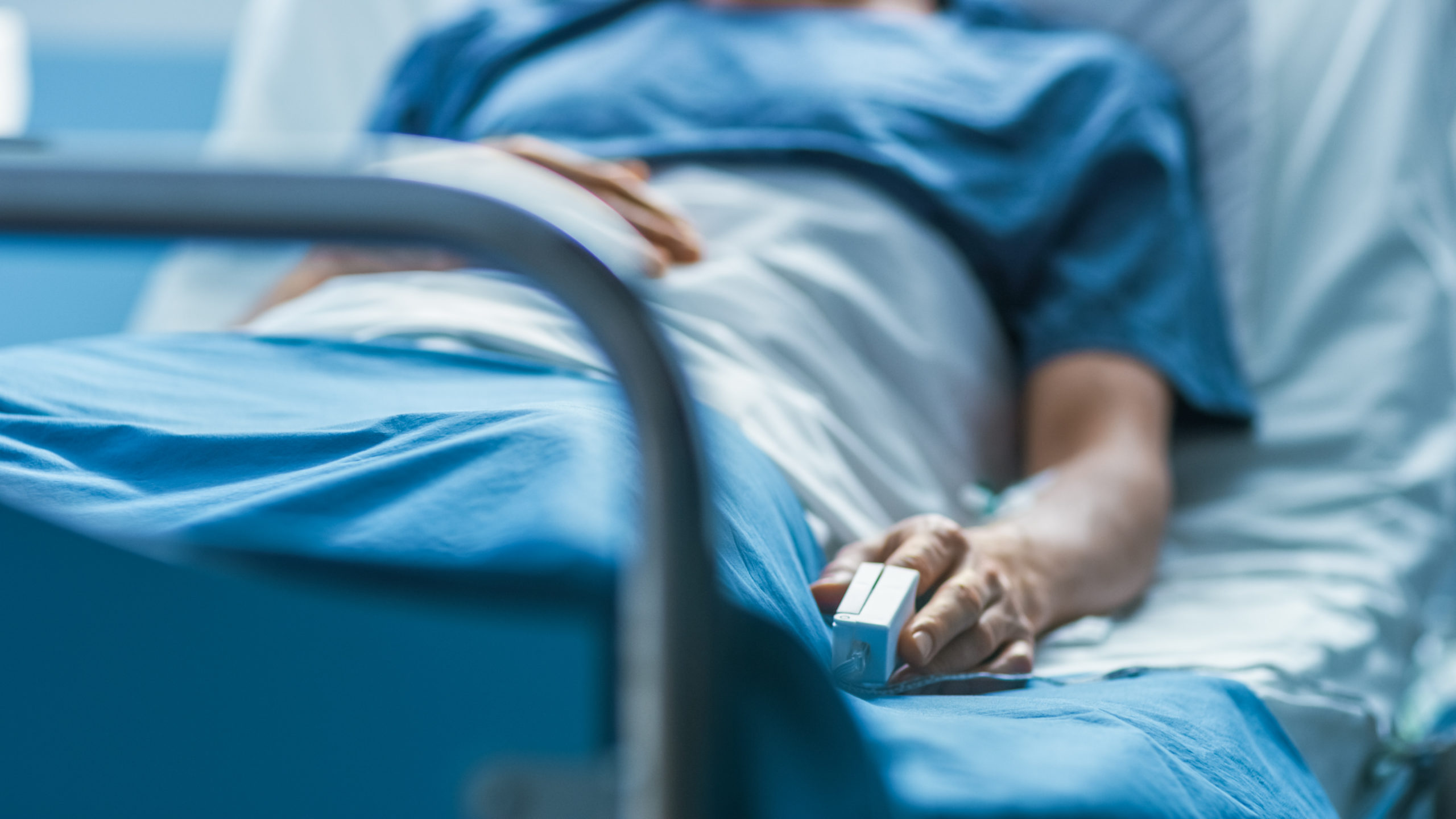
Pro-euthanasia groups have made a lot of progress by lodging in the public mind the specter of power-hungry doctors “playing God” and squeezing every last agonizing second of life out of pain-wracked, pitiful bodies. This has allowed euthanasiaists to completely subvert the meaning of the term “extraordinary means.”
In 1973, the journal Pediatrics defined extraordinary means as “all medicines, treatments, and operations which cannot be obtained or used without excessive expense, pain, or other inconvenience for the patient or for others or which, if used, would not offer reasonable hope of benefit to the patient.”1 Such standard definitions are by their very nature imprecise. However, we can use the concepts of proportionate and disproportionate means to clarify them.
The Vatican’s Declaration on Euthanasia [¶IV] does this by calling for a balance between the various human and financial costs and benefits of using a particular treatment:
In any case, it will be possible to make a correct judgment as to the means by studying the type of treatment to be used, its degree of complexity or risk, its cost and the possibilities of using it, and comparing these elements with the result that can be expected, taking into account the state of the sick person and his or her physical and moral resources.
Church Teaching: Ordinary and Extraordinary Means
Contrary to what pro-euthanasia propagandists sometimes allege, the Catholic Church has never taught that every life must be extended to the last minute by all means possible. The Church teaches that God determines the time of death of every human being, and that it is just as impermissible to try to extend one’s life beyond that time as it is to attempt to end it before that time.
The Bishops of Ireland have said:
A very real problem arises when artificial measures of resuscitation and life-support become death-delaying rather than properly life-supporting. There is clearly no moral obligation to keep a body breathing and biologically alive after irreversible brain death has occurred. It is not euthanasia to decline the use of such means or even to discontinue them when it is clear that they are only death-delaying.2
The Declaration on Euthanasia lays out very specific guidelines for providing or not providing extraordinary means of life support:
In order to facilitate the application of these general principles, the following clarifications can be added:…When inevitable death is imminent in spite of the means used, it is permitted in conscience to take the decision to refuse forms of treatment that would only secure a precarious and burdensome prolongation of life, so long as the normal care due to the sick person in similar cases [including the provision of nutrition and hydration] is not interrupted. In such circumstances the doctor has no reason to reproach himself with failing to help the person in danger.3
Food and Water
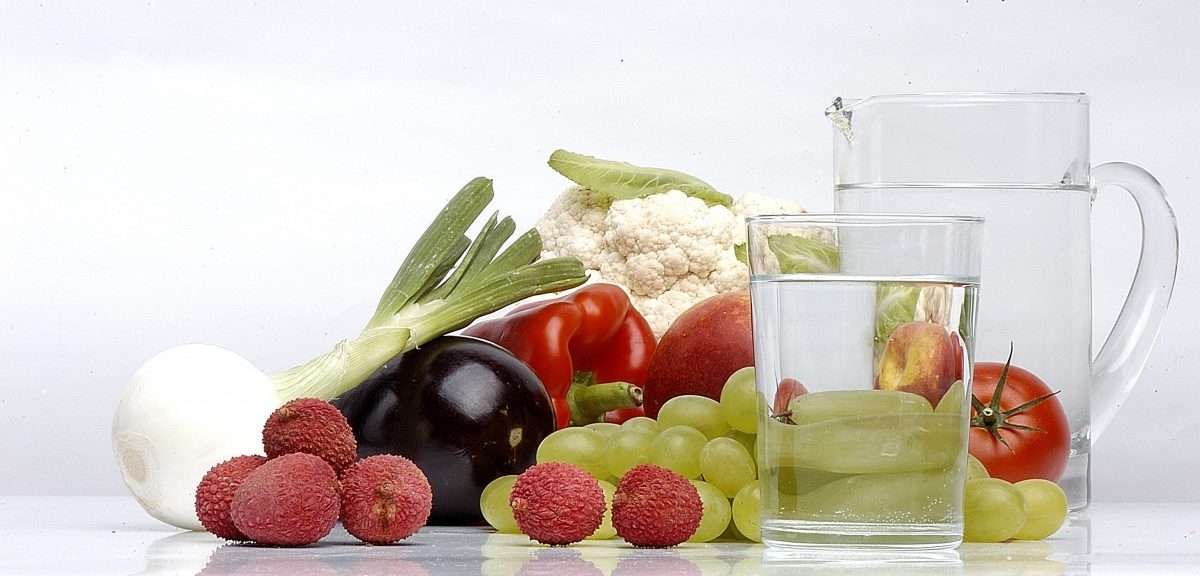
How many people who sit down at a McDonalds to eat a double quarter pounder with cheese, French fries, and Coke consider themselves to be undergoing medical treatment? As the late John Cardinal O’Connor once remarked, “When I visited the starving people in Ethiopia, I could hardly have imagined that providing them with food and water, even though artificially brought in from the Western world at tremendous expense, would be considered ‘medical treatment.'”4
Nobody with common sense believes that food and water are medicine. Yet this is exactly how pro-euthanasia activists want us to think — that food and water are a kind of “medical treatment” for the ill and elderly. They are doing this by trying to reclassify the fundamental right to nutrition and hydration as “extraordinary medical treatment.” They have, for example, accomplished this goal in Florida, a state with a large population of elderly persons.
But food, water and oxygen are not “treatment” ― they are fundamental and necessary elements of medical care, and they are basic human rights. Just as a basic right (to life) was discarded for an artificially manufactured “right” (to privacy) in the drive to impose abortion, now another genuine basic right (to food and water) is being jettisoned in order to impose another phony “right” (to die).
The Catechism of the Catholic Church [¶2277] states:
Whatever its motives and means, direct euthanasia consists in putting an end to the lives of handicapped, sick, or dying persons. It is morally unacceptable. Thus an act or omission which, of itself or by intention, causes death in order to eliminate suffering constitutes a murder gravely contrary to the dignity of the human person and to the respect due to the living God, his Creator. The error of judgment into which one can fall in good faith does not change the nature of this murderous act, which must always be forbidden and excluded.
The late Bishop James T. McHugh of Camden, New Jersey got right to the point when he said:
Food and water does not cure the PVS patient; it maintains life. It does not cause suffering for the patient nor is it considered exceptional or experimental medical technology. If the nutrition is discontinued, then the patient will die because a new cause of death has been introduced, that is, from a deliberately intended deprivation of nourishment, or in common language, from starvation.5
Special Scenarios
No person should be deprived of food and water as long as they can do him good. However, if their provision causes significant pain or discomfort in the very last stages of life ― when death is truly imminent, within a few hours ― then it may be permissible to withdraw them to avoid pain and suffering.
![]()
If a stomach tube is causing a person pain, and he is within hours of death, nutrition would not usually be doing him any good. If a physician determines that this is the case, it would be permissible to remove the stomach tube. In other words, for such a case the cause of the person’s death would not be starvation or thirst, but his underlying medical condition.
In all cases of withdrawal of nutrition and hydration, three conditions must be met:
- The withdrawal must not be intended to cause or hasten the death of the patient.
- The current form of feeding causes significant pain or is contraindicated.
- The person is so close to death that further nutrition will do him no good, and he will die naturally before the resultant hunger and thirst cause significant pain or discomfort.
The United States Conference of Catholic Bishops (USCCB) recognized the danger posed by the pro-euthanasia mentality in such cases when it stated:
The harsh reality is that some who propose withdrawal of nutrition and hydration from certain patients do directly intend to bring about a patient’s death, and would even prefer a change in the law to allow for what they see as more “quick and painless” means to cause death. In other words, nutrition and hydration (whether orally administered or medically assisted) are sometimes withdrawn not because a patient is dying, but precisely because a patient is not dying (or not dying quickly) and someone believes it would be better if he or she did, generally because the patient is perceived as having an unacceptably low “quality of life” or as imposing burdens on others.6
In the United States, there have been many highly-publicized euthanasia cases where people who could have lived a long time if given food and water were deliberately starved to death. These cases include Karen Ann Quinlan, Clarence Herbert, Claire Conroy, Paul Brophy, Elizabeth Bouvia, Hector Rodas, Nancy Ellen Jobes, Marcia Gray, Nancy Cruzan and most of the many cases of infanticide that take place in neonatal intensive care units each year.
Conclusion
Unfortunately, pro-euthanasia activists, just like pro-abortionists, will stretch any exception to the absolute limit. Many abortionists have said that all pregnancies “threaten the life of the mother.” Some people see tube feeding as extremely expensive and “financially burdensome,” but it is usually not much more expensive than mouth feeding, and can often be cheaper. The problem here, of course, is not the cost of feeding the person; it is the withdrawal of commitment to the patient and the psychological cost of caring for the person if he should continue to live.
In all circumstances, our goal should be to love the patient in his last days of life, never shortening a life by withdrawing basic treatment.
+ Endnotes
[1] J.E. Schowalter, J.B. Ferholt, and N.M. Mann. “The Adolescent Patient’s Decision to Die.” Pediatrics, January 1973, pages 101 and 102.
[2] Joint Pastoral Letter of the Bishops of Ireland. “Human Life Is Sacred.” May 1, 1975. Printed in the English edition of L’Osservatore Romano, May 22, 1975, and reprinted in its entirety in the Daughters of St. Paul’s Yes to Life, pages 146 to 165.
[3] Sacred Congregation for the Doctrine of the Faith. Declaration on Euthanasia, May 5, 1980. Part IV, “Due Proportion in the Use of Remedies.”
[4] John Cardinal O’Connor, Archbishop of New York City, quoted in the 1989 Oregon Right to Life convention program entitled “Euthanasia: Is Killing Compassionate?”
[5] Bishop James T. McHugh. Pastoral Letter “Death and Dying Issues,” March 11, 1991.
[6] United States Conference of Catholic Bishops (formerly the National Conference of Catholic Bishops), Committee for Pro-Life Activities. “Nutrition and Hydration: Moral and Pastoral Reflections,” April 1992.
Dr. Brian Clowes has been HLI’s director of research since 1995 and is one of the most accomplished and respected intellectuals in the international pro-life movement. Best known as author of the most exhaustive pro-life informational resource volume The Facts of Life, and for his Pro-Life Basic Training Course, Brian is the author of nine books and over 500 scholarly and popular articles, and has traveled to 70 countries on six continents as a pro-life speaker, educator and trainer.



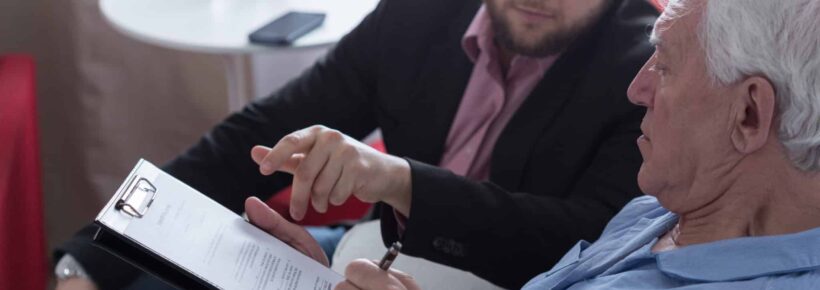
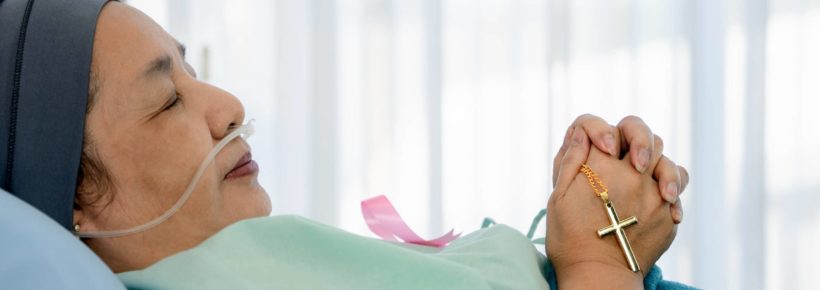
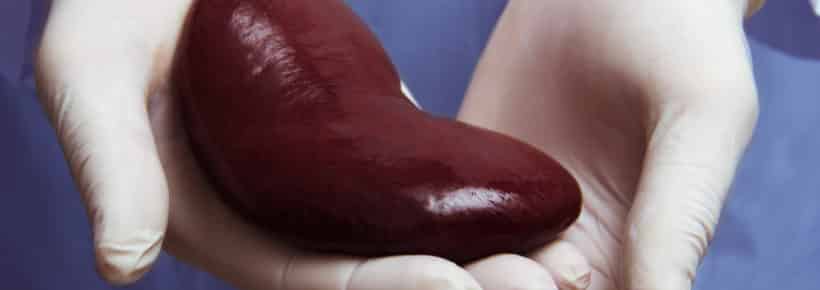

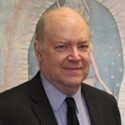
Thank you for shedding light on this very real problem. It is one we were faced with when our mom had a large hemorrhagic bleed and it would have been inconvenient and uncomfortable for the medical profession to have her survive as a disabled person. Now, 4 years later, our mom has a feeding tube and my sister and I provide all her care. She is doing well in spite of not walking nor talking and we are extremely grateful for the chance to help her during this most vulnerable time. Thank you, HLI, for all your advocacy.